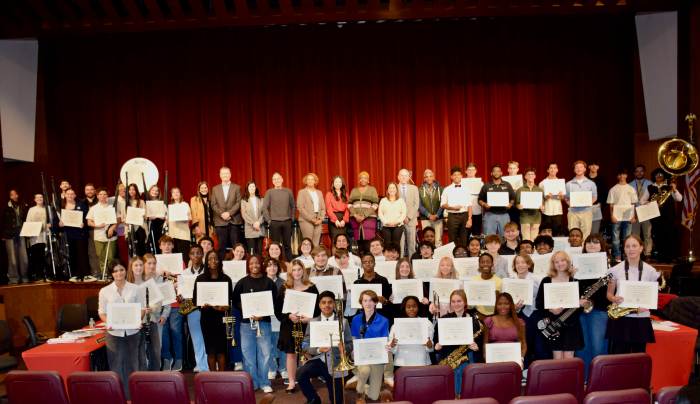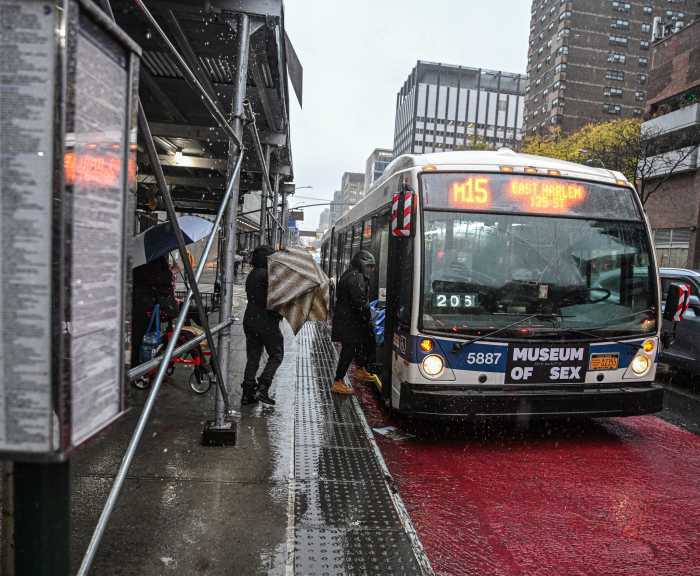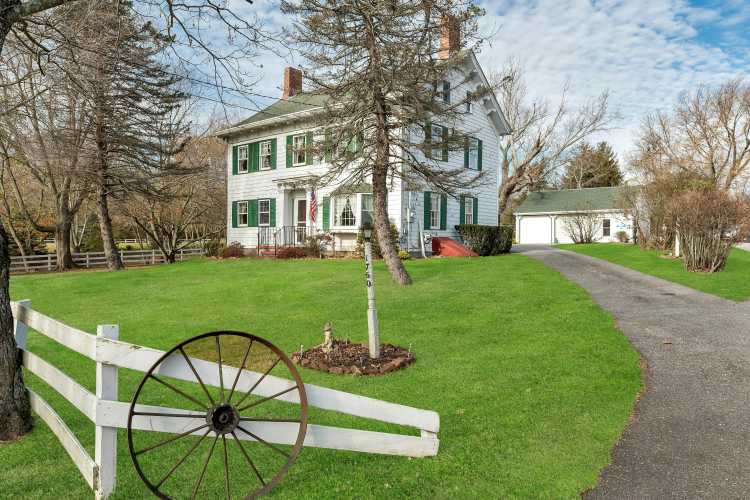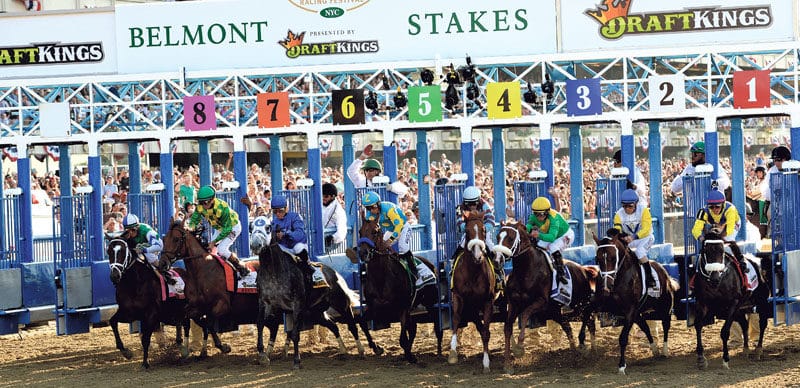
The Kentucky Derby has “My Old Kentucky Home” and the Preakness fans serenade the thoroughbreds with “Maryland, My Maryland.” But this June 10, Ol’ Blue Eyes takes center stage as a recording of Frank Sinatra’s version of “The Theme From New York, New York” will get a capacity crowd of more than 100,000 in the mood for the 150th running of the Belmont Stakes, the third and final race of The Triple Crown.
As Always Dreaming was upset in the Preakness by Cloud Computing, there won’t be the drama of a horse contending for a victory in all three races, but on Saturday afternoon, June 10, the nation’s sports fans will be glued to the screen to watch the running of the Belmont Stakes, a 1½-mile race which is, in fact, the longest of the Triple Crown showdowns.
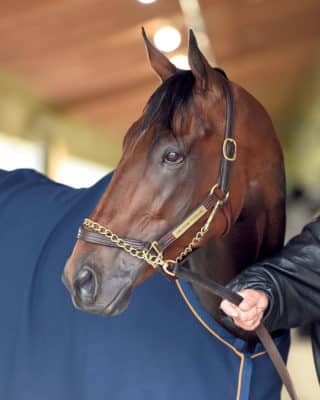
Inaugurated only two years after Appomattox, the Belmont Stakes has long been an opportunity for Long Island and especially, the Village of Elmont, to show its best face to sports fans around the world. And they always come through.
As with the Preakness, early runnings of the Belmont Stakes were held in the Bronx. The first running was held at Jerome Park Racetrack, named for stock market wizard Leonard Jerome and financed by August Belmont, Sr. The race was named for Belmont and beginning in 1926, the winning race receives the August Belmont Trophy. The Belmont Stakes was held at the long-lost Jerome Park Racetrack until 1890, when it moved to another location in the Bronx, this one at Morris Park Racetrack. Finally, in 1905, the race moved to the newly-opened Belmont Park, the 430-acre pride of Elmont.
Every race at Belmont is a great one, but since it is the final leg of the Triple Crown, a race involving the winner of both the Kentucky Derby and the Preakness makes the Belmont Stakes the center of the world for a few minutes of a sunny, June afternoon. The first winner of the Triple Crown was Sir Barton, in 1919. The next year, the Belmont was won by the great Man o’ War, who won by 20 lengths, setting a new stakes and American record. On it went.
Other Triple Crown winners include Gallant Fox (1930) and War Admiral (1937). The 1940s saw four great Triple Crown champs: Whirlaway (1941), Count Fleet (1943), Assault (1946) and Citation (1948). After a drought of 25 years, Big Red, Secretariat won the Triple Crown in 1973, with a record time of 2:24. In the 43 years since then, no thoroughbred has matched Secretariat’s record. And until someone comes along, Big Red remains the greatest champ of them all. The years 1977 and 1978 saw back-to-back Triple Crown winners.
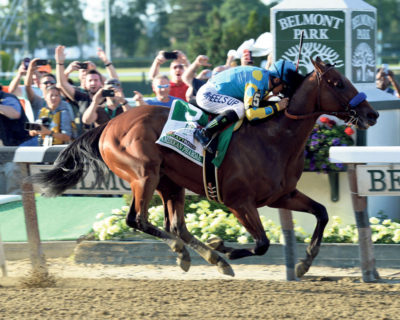
Seattle Slew took the crown in the first year, while 1978 saw the most exciting finish in Belmont Stakes history. Affirmed, ridden by the teenage sensation Steve Cauthen, edged out his great rival, Alydar, in a photo finish, with Affirmed crossing the post in a time of 2:26. The decade of the 2000s and 2010s saw six horses, including Smarty Jones and Big Brown, make it to the Belmont with two victories under their belt only to fall short in the final race. Finally, in 2015, American Pharoah became the 12th horse to win the Triple Crown, taking the Belmont Stakes with a time of 2:26.65.
“Theme From New York, New York” is the race’s unofficial song. The winner’s blanket is made of white carnations, while the official drink has been changed from the White Carnation to the Belmont Breeze. Thoroughbreds are legendary and so, too, are the jockeys. Eddie Arcaro and Jim McLaughlin have each won six Belmont Stakes, while Bill Shoemaker has won five.





